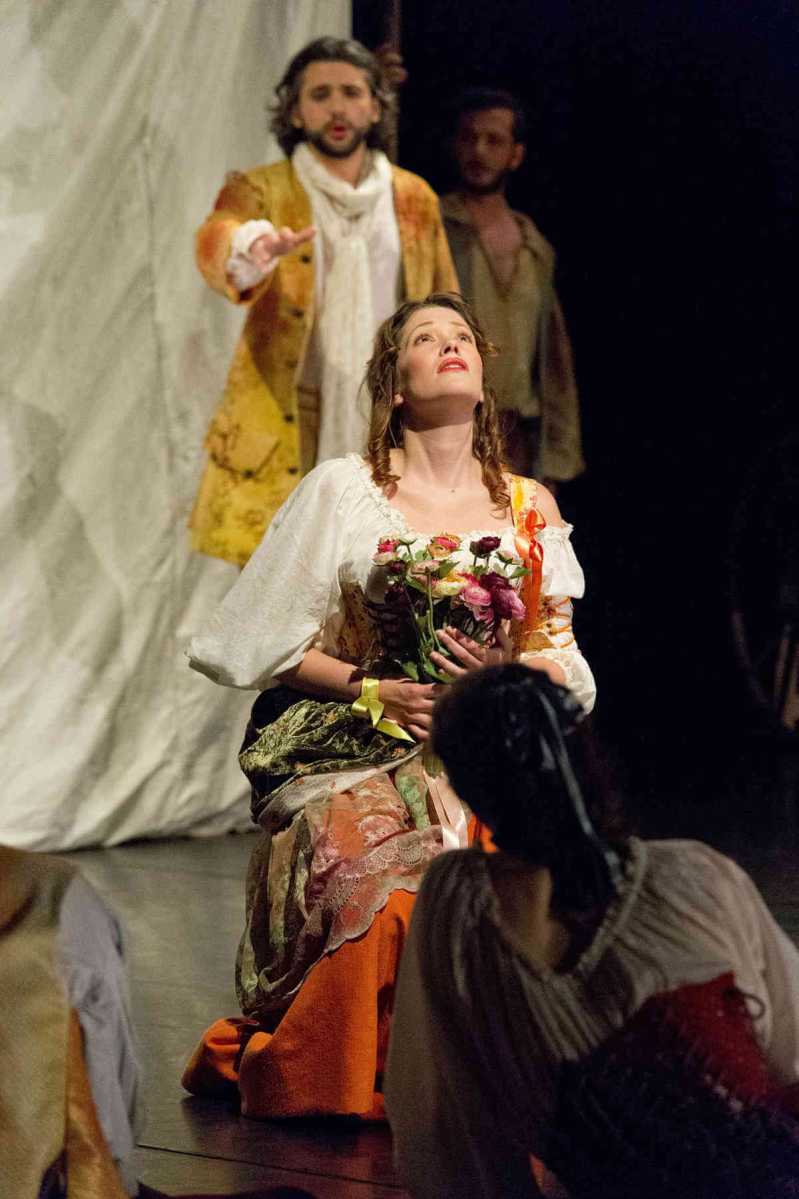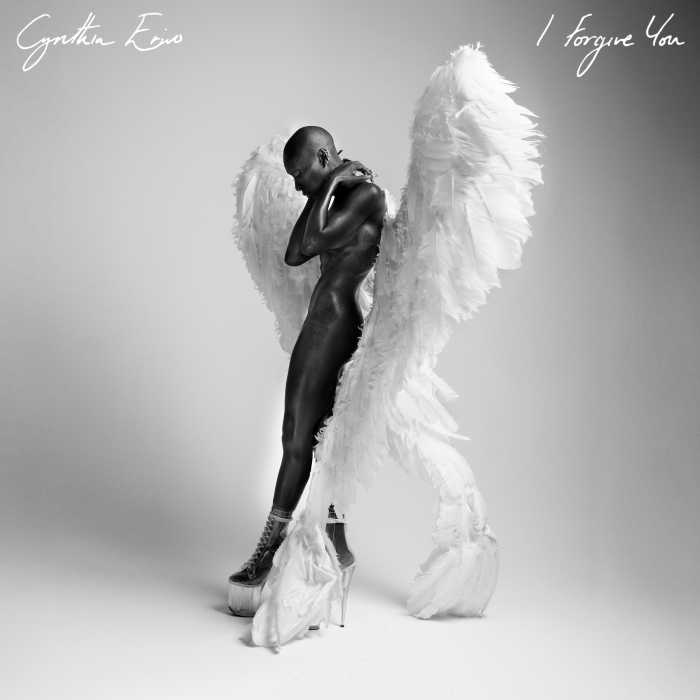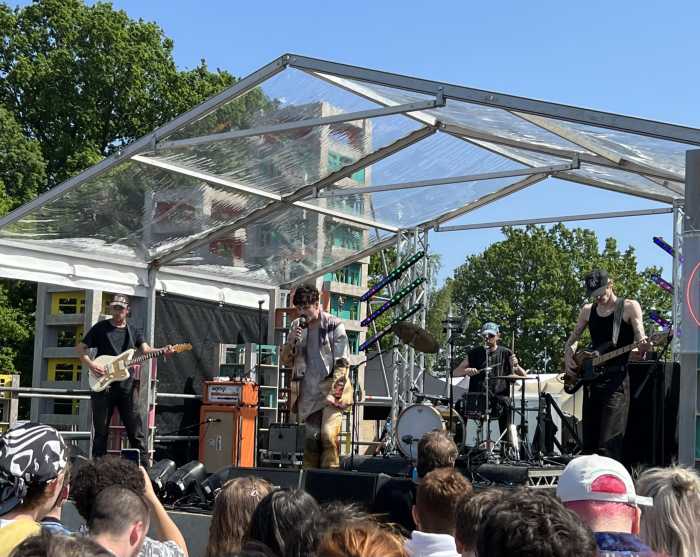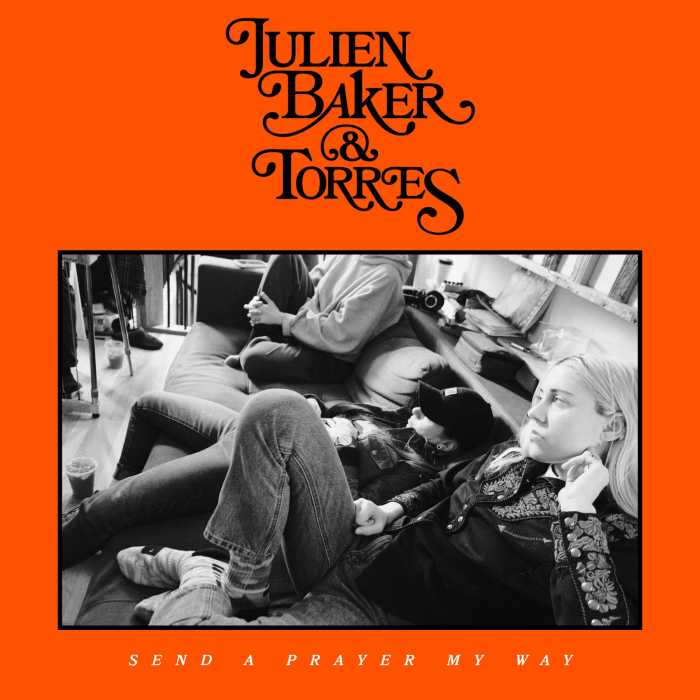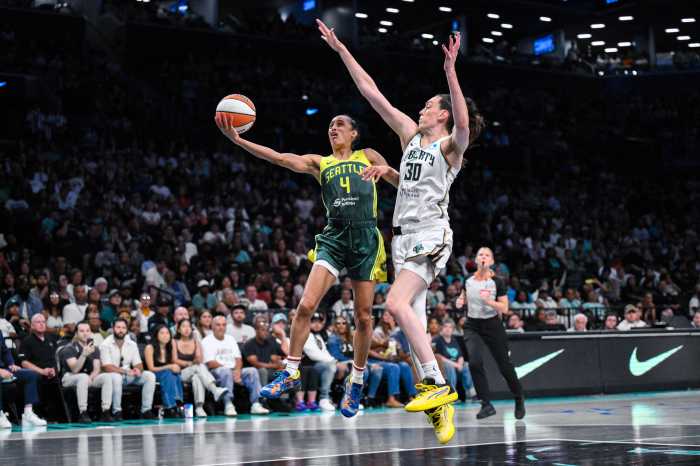In early March, Les Arts Florissants and William Christie celebrated their 40th anniversary with a return to BAM with “Rameau, maître à danser.” This program consisted of two one-act opera-ballets by Jean-Philippe Rameau: “Daphnis et Églé” (1753) and “La Naissance d’Osiris” (1754). The two works alternate ariettes and a few duets with brief dance interludes and a final chorus. The fusion of dance and song with spectacle was an integral part of French opera deriving from its roots in the court ballets and masques of Louis XIV, continuing through the next century with grand operas from Meyerbeer to Verdi. These two short one-acts were performed as court entertainments at the palace of Fontainebleau — “La Naissance d’Osiris” is an allegorical celebration of the birth of the Duc de Berry, the future tragic Louis XVI.
Rather than perform the works in courtly splendor with brocaded peasant costumes, stage director (and erstwhile LAF lead soprano) Sophie Daneman staged these small-scale works as rustic entertainments being performed at a country fair by a band of local amateurs. Christie and his orchestra were placed upstage behind the action while the performers improvised sets (just a few drapes on two poles) and simple costumes (by Alain Blanchot) from repurposed items during the interludes. The choreography by Françoise Denieau, restaged by her assistant Gilles Poirier, is mostly folk dancing of the period, with a few 18th century court ballet flourishes supplied by one or two trained soloists.
Daneman found connecting themes between the two opera-ballets: courtship and marriage followed by childbirth. In the pastoral “Daphnis et Églé,” the titular Greek shepherd and shepherdess wish to consecrate their friendship at the Temple of Friendship but the god Cupid informs the couple that they are more than friends! They end up married at the Temple of Love. After the intermission, the soprano who performed Églé returns as an expectant mother in “La Naissance d’Osiris” and gives birth offstage while the peasants celebrate. Daneman provided a clear and unpretentious setting for these two works that put their delicate charms front and center — though they really belong in a more intimate setting than the BAM Opera House.
The dancing and the singing had some rough edges here and there, which worked in the context of a rustic fairground entertainment. Élodie Fonnard’s beauty and fresh clear tone made for an enchanting Églé. Her Daphnis, tenor Reinoud Van Mechelen, had more musicianship and style than vocal ease — he would have benefited from the stylistically appropriate use of mixed head voice. Magali Léger, an experienced Rameau and baroque specialist, produced a dull edgy light soprano as Cupid and Pamilie that belied her established reputation. The two basses were contrasted — Cyril Costanzo as two High Priests had a rougher, grainier sound while François Lis made an appropriately elegant basse-chantante Jupiter in the second piece.
Christie’s band also had a few rough edges with some piercing woodwinds and twangy gut strings — again it worked in this context. The modest approach emphasized the charm inherent in these Rameau miniatures, elements of which were later recycled by the composer into his grand operas.
The only stop after marriage and childbirth is infidelity, dysfunction, and dissipation (death is the common end to all journeys but we are dealing with comic opera here). Verdi’s “Falstaff” explored these themes in a sparkling Metropolitan Opera revival of Robert Carsen’s 2013 production (seen on March 5) that resets the action in the staid 1950s England of Queen Elizabeth II instead of Shakespeare’s Elizabeth I.
Returning as the title rogue was the reigning Falstaff of our time, Ambrogio Maestri, leading a cast of newcomers to their roles. Maestri ‘s Falstaff is a Goliath in vocal and physical size who towered over his colleagues with an overwhelming personality. But he also commands surprising deftness and grace with which he delivered the sly wit of Boïto’s text and Carsen’s intricate physical comedy. Marie-Nicole Lemieux’s Mistress Quickly was not quite the vocal force of nature that Stephanie Blythe was but out of all the cast she managed to steal a few moments of the spotlight from Maestri. Her creamy contralto is a mellow, luscious instrument that makes comic points without pushing vulgar chest tones. The Canadian contralto gave herself over to the fun and games of tormenting Falstaff with an infectious smile and uninhibited physical comedy.
Ailyn Pérez (Alice Ford) radiated a gentle sparkle, and mezzo Jennifer Johnson Cano (Meg Page) a ripe, fruity fullness. Both were also full of mischief and fun. Golda Schultz and Francesco Demuro as lovebirds Nannetta and Fenton sounded pleasant but low key in the first two acts. In Act III, their nocturnal romances with lovely floated phrases elicited ethereal singing from both. As Ford, Juan Jesús Rodríguez boasted an impressive but rather serious presence and voice — he needed to have a bit more fun up there.
British maestro Richard Farnes conducted a fleet, nimble reading of Verdi’s intricate score that kept the music as light and bubbly as revival director Gina Lipinski’s deft recreation of Carsen’s staging.


